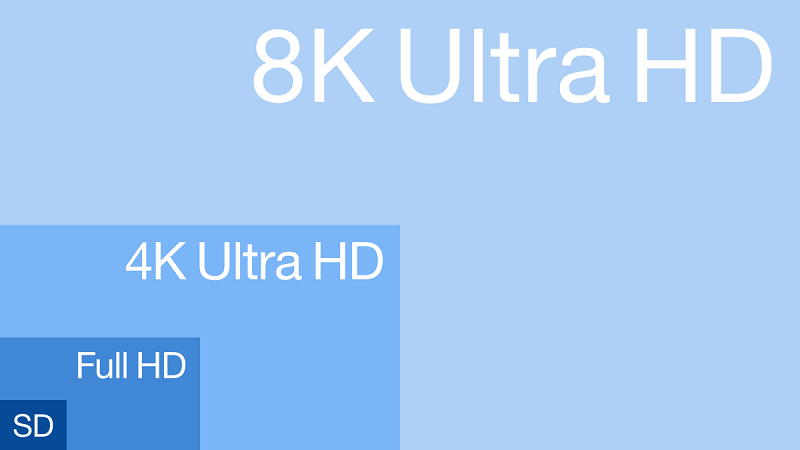What Does 8k Really Mean for an AV Receiver?
We constantly hear people talking about future-proofing. It makes sense. If you can spend a little more now so that you don’t have to upgrade as soon (or ever), that seems like a good idea. We see this often in speakers and subwoofers. But it is much harder with electronics. Features are added all the time. Suddenly, your cutting-edge AV receiver is obsolete because it doesn’t have the most recent HDMI boards. But these new 8k AV receivers have you thinking. Can you future-proof your system (at least a little) by upgrading to an 8k AV receiver? I mean, 8k isn’t really a thing yet so surely having an 8k AV receiver will prepare you for the future? Let’s discuss!
8K Isn’t a Thing?
Yes, there are displays and projectors that can accept an 8k signal on the market. But when we say that 8k isn’t a thing, we are talking about content. To get a native 8k signal, you really can only do so from a computer. Even then, the computer is likely just upscaling the content. There are no 8k disc formats. No streaming services that provide 8k content. There are some videos on YouTube and Vimeo but it is hard to find and mostly consists of tech demos (think landscapes and slow pans). If you live in Japan, apparently there are broadcasts (the Olympics were in 8k there) but nowhere else.
When we say, “8k isn’t really a thing,” this is what we mean. You might have an 8k display, but there is exceedingly little 8k native content to play on it.
What is an 8k Display
The short answer is that an 8k AV display is a lie. It’s a marketing name. With no real 8k content and few displays that can show it natively, they can define 8k however they want. We imagine the conversation went something like this:
Engineer: We’ve finished our latest TV. It has all the HDMI 2.1a bells and whistles including VRR and ALLM and even QMS!
Marketing: Will it accept an 8k signal?
Engineer: I don’t see how that is relevant. There aren’t any 8k sources out there…
Marketing: But will it accept an 8k signal?
Engineer: Technically…yes. But the HDMI cable can only pass 8k at 60 frames per second and the panel only has enough pixels for 4k…
Marketing: Great! It’s an 8k display!
Are there some true, native 8k displays out there? Yes. And there will be more in the future. But without content to show on them, they can define 8k however they want

So What Are 8k AV Receivers?
An 8k AV receiver is one that will pass through the content from your source to your display. At this moment, that simply means having the requisite HDMI boards to support the latest HDMI version. As 8k/60Hz is part of the current HDMI specifications, they can call themselves 8k. But that doesn’t mean that they are at all future-proof.
8k In the Future
There were 4k displays long before there was 4k content. Those early 4k displays? They wouldn’t be compatible with what we currently know of as 4k. They wouldn’t have the correct HDMI boards, they couldn’t support the higher framerates, and they probably couldn’t even tell your source that it could accept the 4k resolution.
Look at your older 4k receivers. Can they pass through current 4k content? Most of the time the answer is no. If you buy an 8k AV receiver today thinking that it’ll carry you into the future of 8k, you are likely going to run into the same problems. HDMI will change their specifications, cables, and boards. Future 8k is unlikely to be capped at 60 frames per second. Heck, 4k currently enjoys 120fps. Do you really think 8k will stop there? No! If 8k ever does really become a thing, expect that number to jump as well. 8k/240Hz will be the new hotness and your “future-proof” 8k AV receiver will be incompatible.
Take Away
We can’t stress this enough when buying an AV receiver – buy what you need now, not what you think you might need in the future. It’s tempting to think you can get something today that will last for a very long time. That may be true with speakers, subwoofers, and external amplifiers. It is simply not true with most electronics. It is definitely not true for AV receivers.


